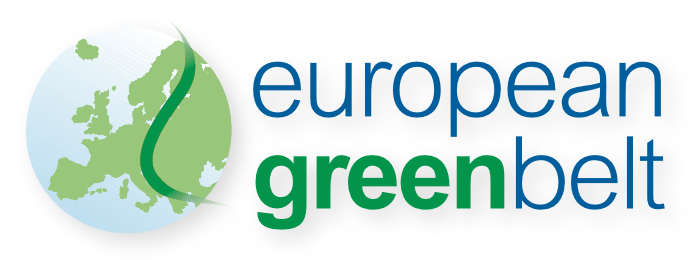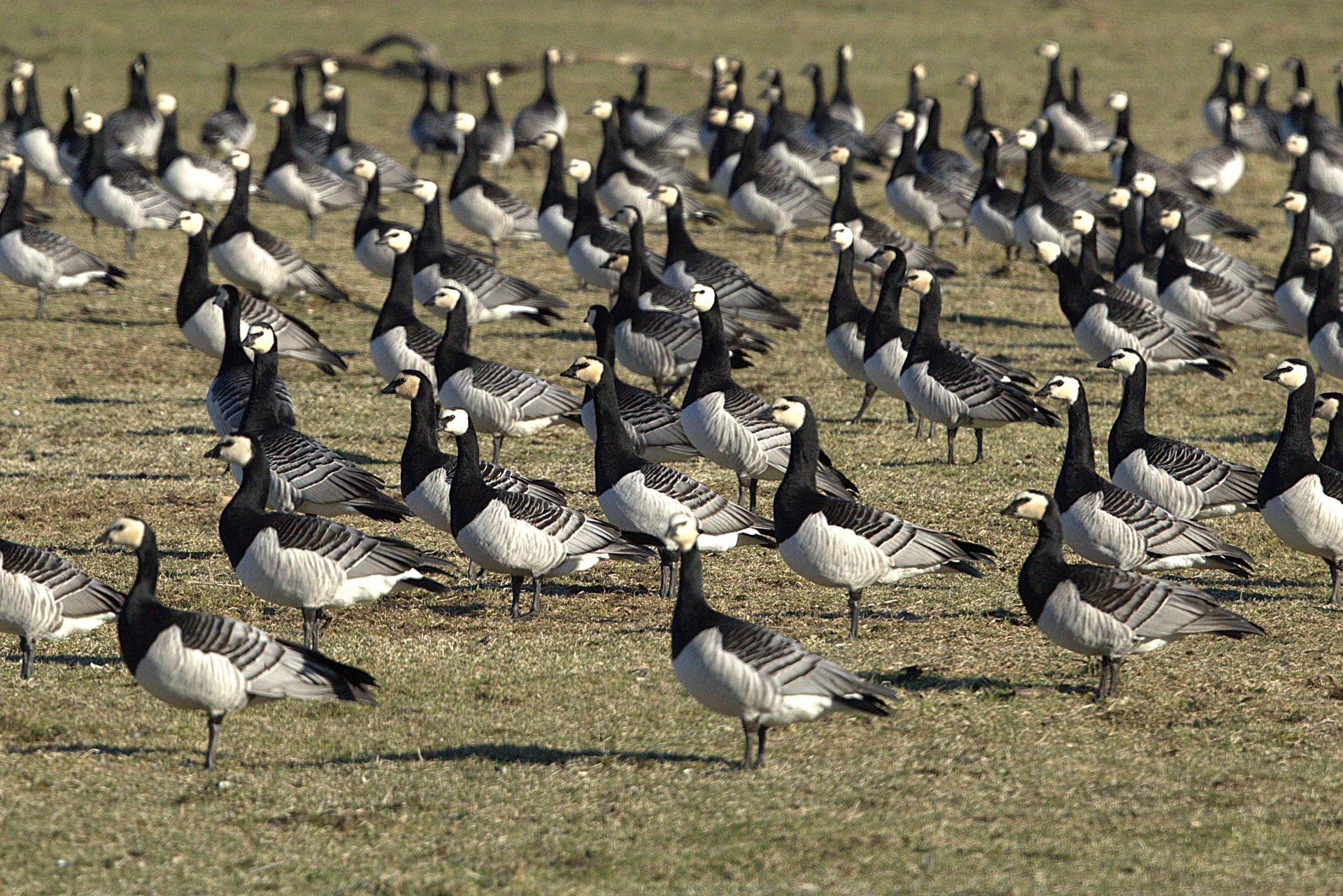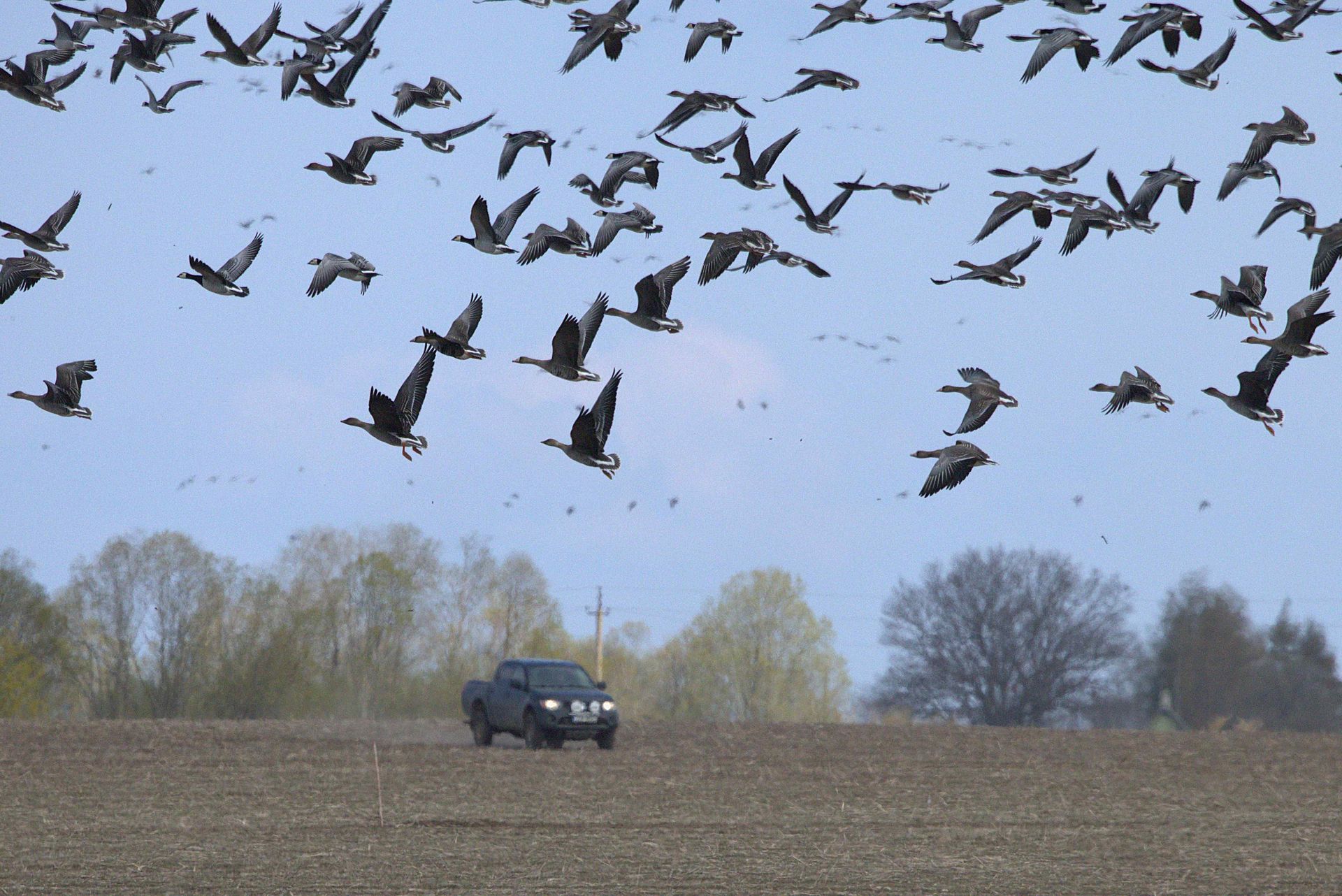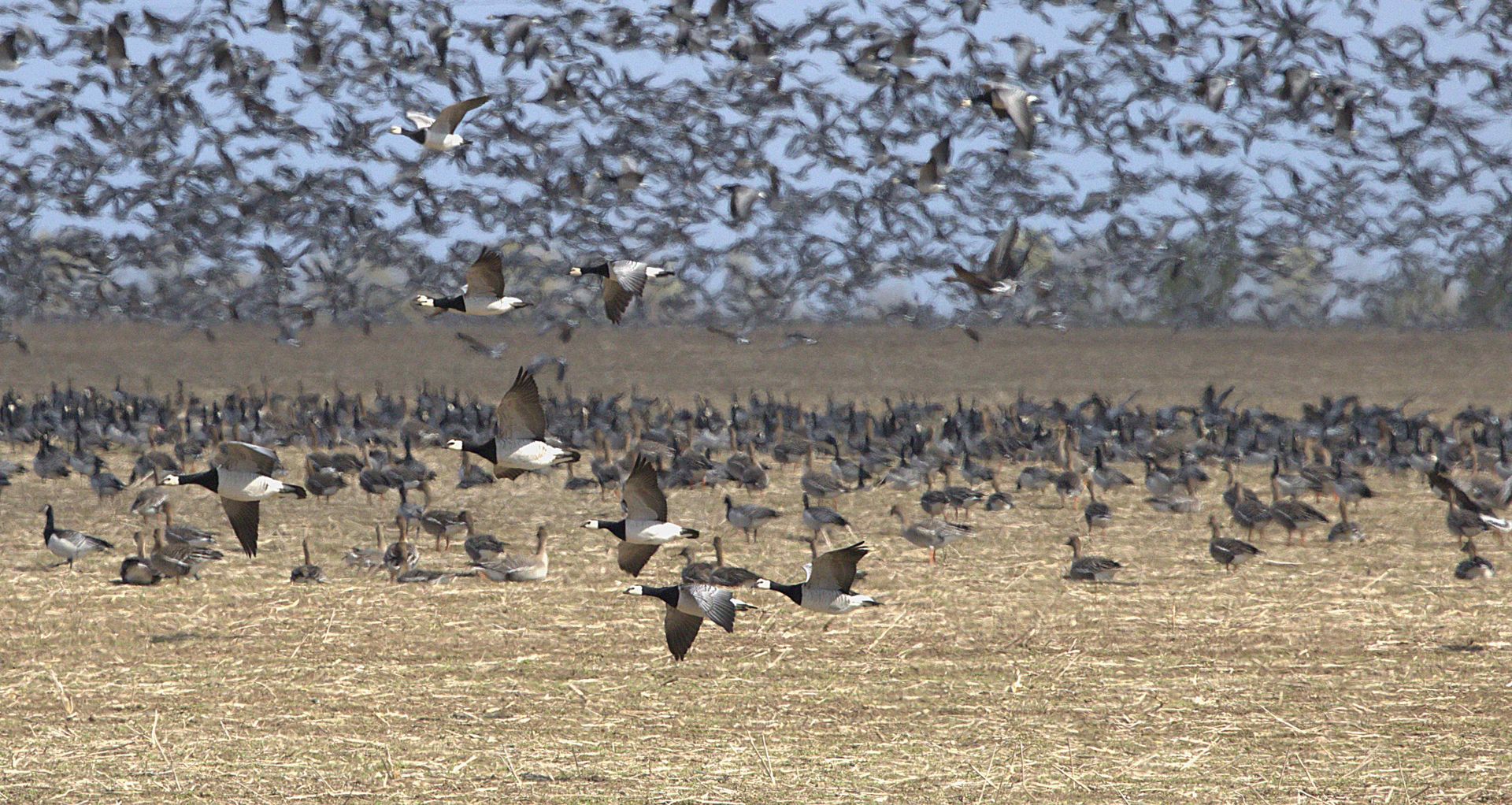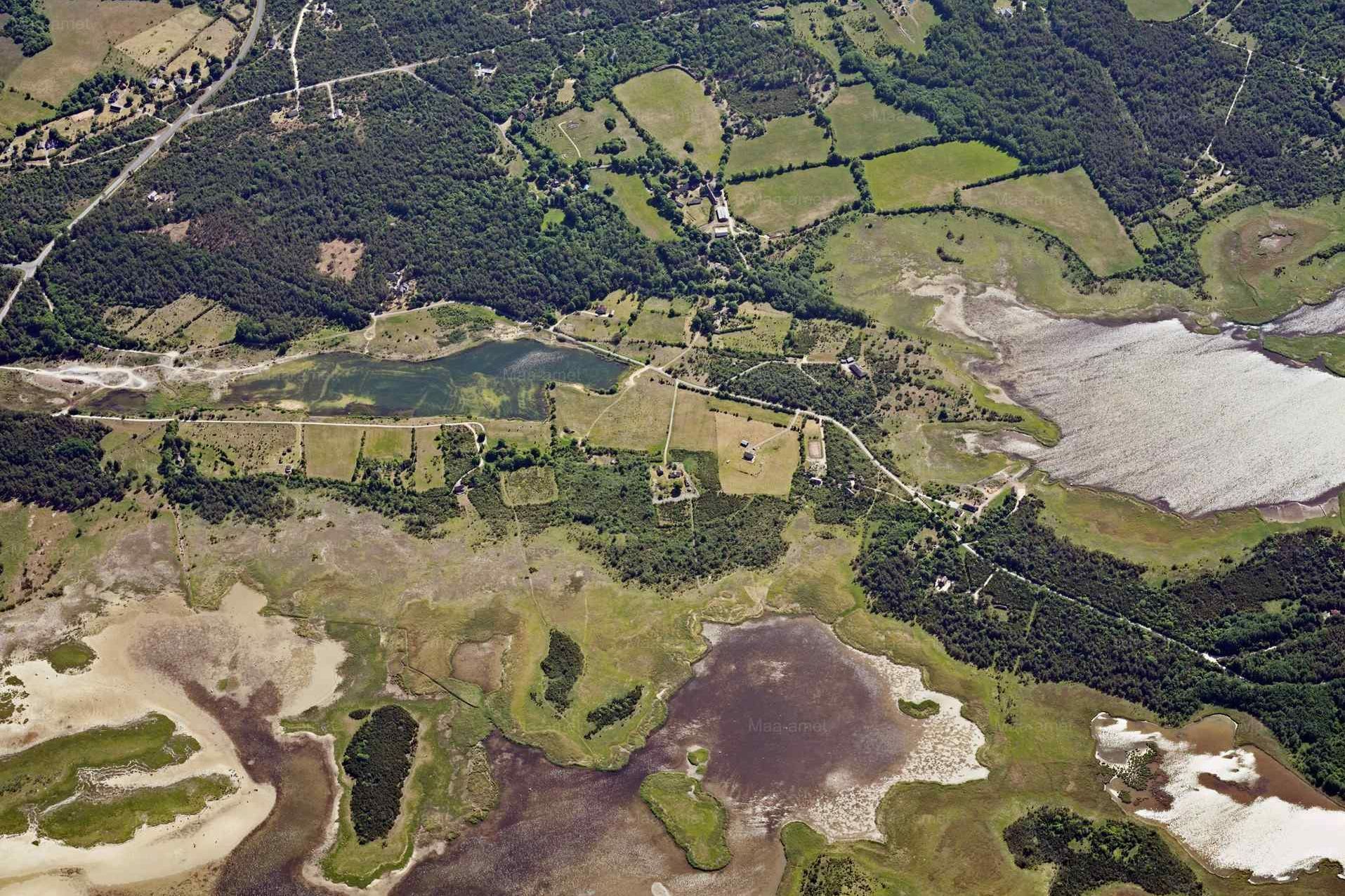TSIRK - Thorough Study for Innovative and Respected Knowledge
The project is implemented by the Estonian University of Life Sciences from October 2024 to September 2026.
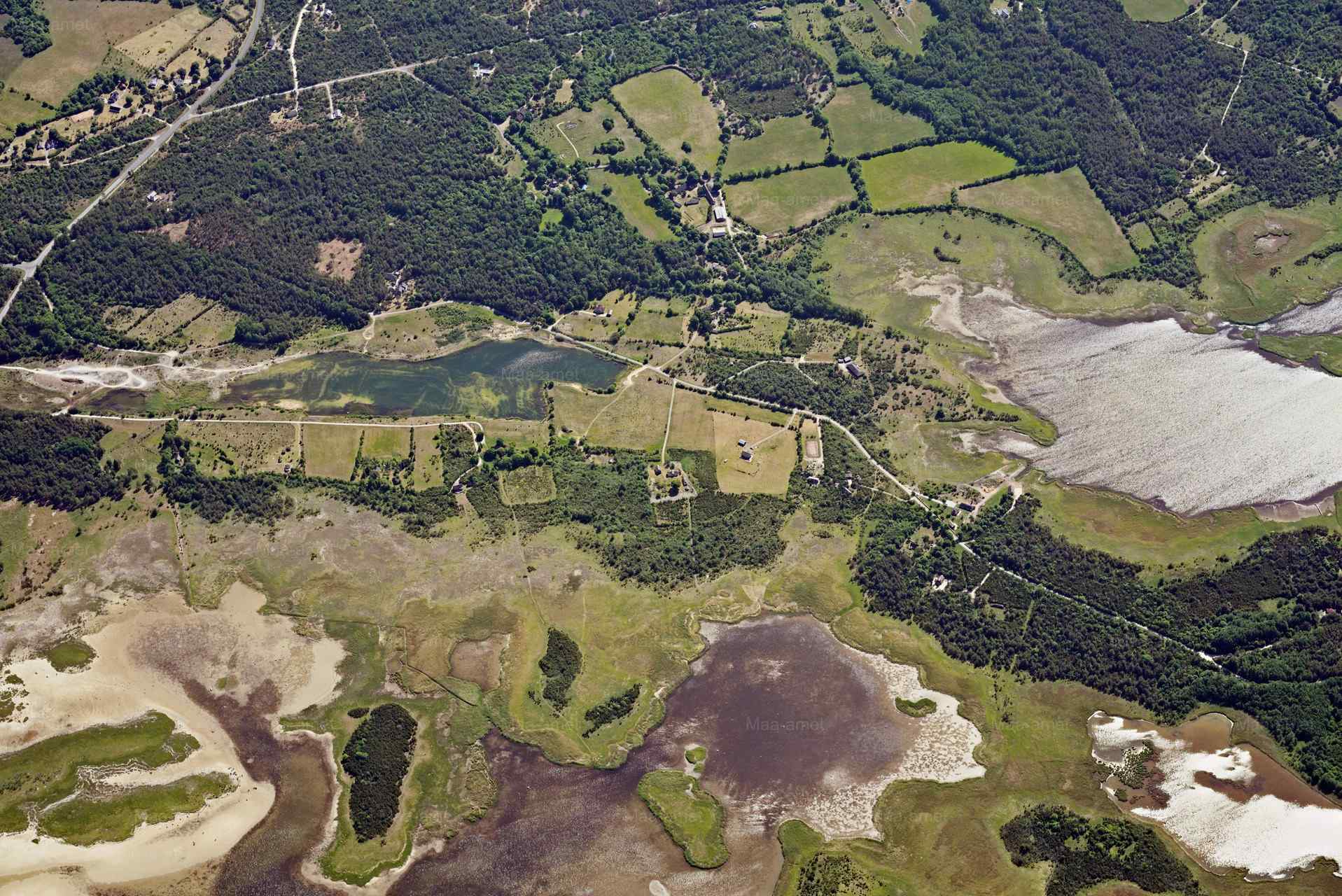
Challenge
The West Estonian Archipelago, a region of high ecological value, is facing a growing conflict between biodiversity conservation and agricultural needs. Barnacle Geese, once seasonal visitors, are now disturbing local farmland, causing economic strain and tension. Current solutions, such as restrictions on hunting, are not enough and put both bird populations and farmers’ livelihoods at risk. Action is needed to protect this unique ecosystem and ensure sustainable land use. We need to implement innovative deterrent methods to minimise damage to farmland and strengthen coexistence strategies, to protect both the region’s vibrant biodiversity and agricultural heritage.
Objective
The TSIRK project aims to balance biodiversity conservation with sustainable agriculture in the West Estonian Archipelago. Over the next two years, it aims to reduce the damage caused by Barnacle Geese to local farmland by testing non-lethal deterrents, monitoring geese behaviour, and mapping land-use changes. The desired outcome is a resilient, cooperative landscape where bird populations thrive alongside productive, undamaged fields.
Approach
- Conduct land use analysis comparing 1980 maps with recent data to identify land use changes
- GPS tracking of Barnacle Geese to study movement and habitat use
- Work with farmers to test non-lethal deterrents for geese
- Engage stakeholders through workshops to raise awareness and cooperation
- Translate findings into policy recommendations to guide sustainable land use
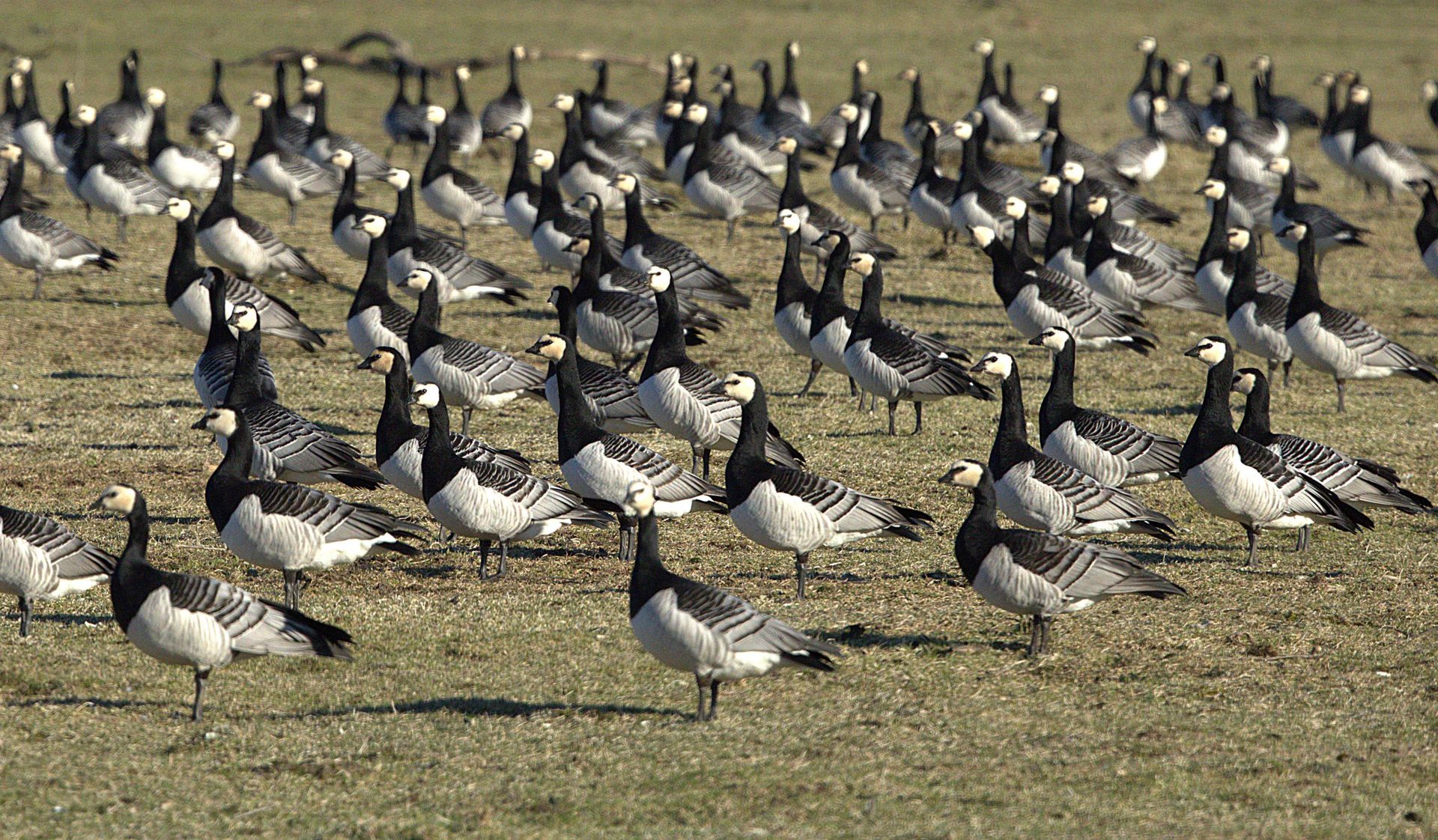
Expected Results
The TSIRK project aims to transform human-wildlife coexistence in the West Estonian Archipelago. By the end of the project at least 100 stakeholders, including farmers, will be actively involved and the project results will have influenced three policy documents. A detailed land-use database (1980 to date) and bird tracking data will enable targeted, science-based decisions to reduce agricultural damage and preserve bird habitats - achieving a sustainable balance and inspiring wider regional conservation efforts.
BESTbelt project poster
Estonian_University_of_Life_Sciences_TSIRK_Thorough_Study_for_Innovative_and_Respected_Knowledge.jpg
Download (957 KB)TSIRK - Thorough Study for Innovative and Respected Knowledge
The project is implemented in the West-Estonian archipelago.
Nearest city: Leisi
Project lead: Estonian University of Life Sciences
Fr. R. Kreutzwaldi 1 Tartu 51006
Finland
Grant: 39.991,25 €
Duration: 24 months
Contact person for the BESTbelt project: Henri Järv henri.jarv(at)emu.ee
Website: www.emu.ee
Interactive Map
This map is currently hidden to protect your privacy. When you click the button below, the map will be loaded from Mapbox.
If you tick the checkbox, this selection will be saved in a cookie and the map will be displayed automatically the next time you visit the site.
